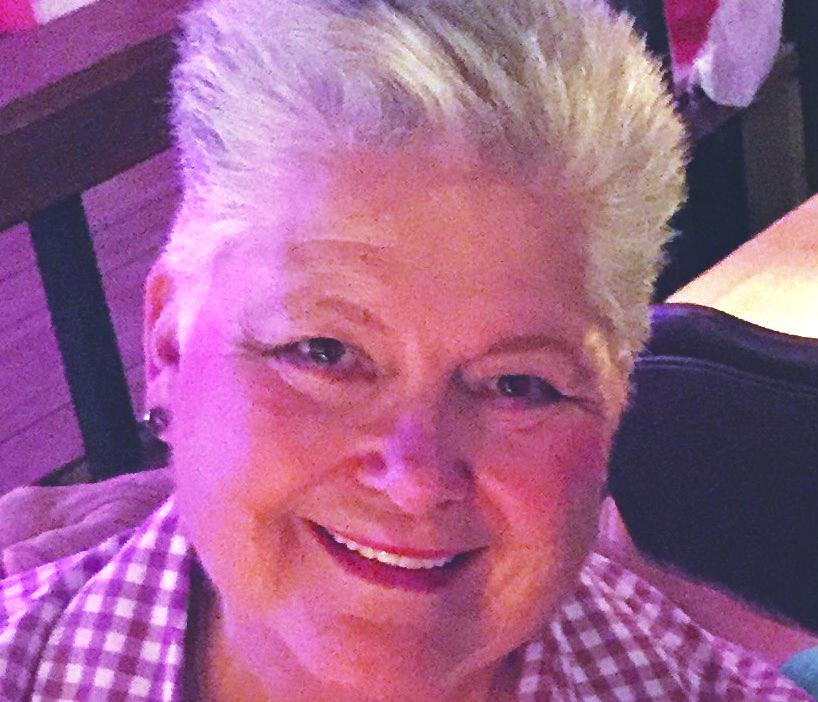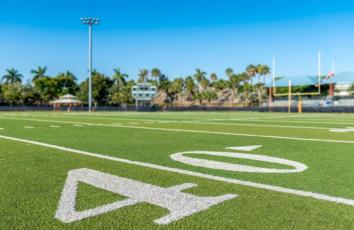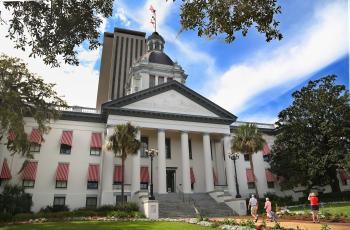
If you have had your television on during the last few weeks, you’ve seen the ads about compensation for people on or near Camp Lejeune and its burn pits. After watching these ads for a couple of weeks, I began to wonder about this camp and the man whose name it bears.
Marine Corps Base Camp Lejeune lies almost 500 miles north of us in Jacksonville, N.C. In 1941, the commandant of the Marine Corps authorized an aerial search of the East Coast for a new base. That search discovered 14 miles of uninterrupted beach along the North Carolina coast, and the commandant promptly bought 246 square miles of prime real estate suitable for amphibious warfare training.
Around 20 commands are headquartered there today, and many of them are expeditionary forces. Expeditionary forces, I have learned, are the very first people who provide a rapid response to a hostile or a humanitarian crisis. Military personnel from countries all over the world come to the camp to learn and practice amphibious tactics and urban warfare. Its multiple gun positions provide training in a variety of weapons for these missions.
Construction began in 1941 for the Marine Barracks in New River, with headquarters on Hadnot Point, where the current medical clinic sits. Hadnot Point was renamed in 1942 in honor of the 13th commandant of the Marine Corps, Gen. John A. Lejeune. Who was this man, and why did the Marine Corps name a base after him?
John Archer Lejeune was born in 1867 on Old Hickory Sugar Plantation in Louisiana, the son of Confederate States Army Capt. Ovide Lejeune and Mary Strasser Lejeune. He earned a B.A. from Louisiana State University before he was accepted as a midshipman at the U.S. Naval Academy in 1884. He graduated second in the class of 1888. He went to sea as a midshipman, but was desperate to become a Marine. It took him a couple of years, but he took the oath as a second lieutenant of the Marine Corps in July of 1890. After training at Marine Barracks, N.Y., he was assigned to Marine Barracks, Norfolk, Va.
He met Ellie Harrison Murdaugh during this Norfolk tour, and they were engaged by the time he reported for sea duty. He was promoted to first lieutenant in 1892, during his tour aboard USS Bennington (PG-4). 1893 began his second tour in Norfolk, and they were married two years later.
He was to spend the next 33 years serving in one hot spot after another. His 30-man landing party covered the withdrawal of American forces after the battle of Fajardo during the Spanish-American War. Other assignments included commanding officer, Marine Corps Barracks in Cavite, Philippines, and finally command of the First Brigade. Shore duty involved recruiting duty in Boston as well as command of several marine detachments, barracks and battalions as he rose in rank. From his commissioning in 1890, he was promoted to second lieutenant in 1892, captain in 1899 and major in 1903, lieutenant colonel in 1908, colonel 1913 and brigadier general in 1916. He was promoted major general in 1918 and was posted to the staff of U.S. Army General John J. Pershing. Pershing would first assign him to his 32nd Division. Later, Lejeune would become the second Marine Corps officer to command the Army’s Second Division during World War I.
His leadership earned him many medals, including the Legion d’honneur, France’s highest military award. General Pershing personally presented him with the U.S. Army Distinguished Service Medal, and he received the U.S. Navy Distinguished Service Medal upon his return to the States. His new duty assignment would be a return as commanding general, Marine Barracks, Quantico, Va.
From Quantico, he traveled to Washington to assume duties as commandant of the Marine Corps. He traveled extensively while in that office to visit marine posts under his purview. By the end of his second tour as commandant, he had transformed the Marine Corps from a 19th century colonial naval infantry into an amphibious force ready to deploy wherever it was needed.
He retired in 1929, but immediately assumed his duties as superintendent of Virginia Military Institute in Lexington, Va. He retired from VMI five years later. When Adolf Hitler invaded Poland in 1939, the commandant of the Marine Corps gently declined Lejeune’s offer of assistance because of his age (72).
Lt. Gen. John A. Lejeune died in 1942 in Baltimore, Md., when he was 75 years old. He is buried in Arlington National Cemetery. Part of his legacy is his Marine Corps Order Number 47, which is read aloud every year at each post on the Marine Corps Birthday, Nov. 10.
John A. Lejeune was an impressive man and an impressive Marine. It’s only fitting that a Marine Corps base with an equally impressive job bears his name. Semper Fi to all of my USMC friends.



